I know that things don’t last forever. I see historic ruins, UNESCO World Heritage Sites, places where the word “former” is firmly stuck in front of “glory.” The impermanence of the ancient world is accessible to me.
But really, I don’t often think too deeply about the impermanence of my present surroundings. Ruins are for antiquities, history.
But in San Francisco, there are ruins that are recent. The remnants look like they should belong to the ancient world, to some lost tribe of native San Franciscans. In some way, they do: the tribe at the turn of the century of thrill-seekers, moneyed eccentrics, cinematic fantasy-makers. These ruins were once the Sutro Baths, a fever dream created and destroyed over the span of two generations.
I went to the Sutro Baths and Land’s End with my family soon after arriving in the Bay Area. The day was typical San Francisco summer: gray, foggy, and cold. I loved it. We parked our car and peered over the edge of the cliffs and there they were: the recent ruins of the Sutro Baths, surreal man-made walls nearly submerged by water, jutting out onto the beach.
These ruins, currently a National Park, weren’t ruined as recently as 1966; their story, though, starts well before that with a man named Adolph Sutro. He was one of those crazy wealthy people who could finance their elaborate dreams, which in this case was a massive complex of indoor swimming pools and thermal baths right on the edge of the Pacific Ocean.
Referring to them simply as “baths” short-sells the wackiness of the place. The Sutro Baths contained not only pools but trapeze devices, slides, natural history exhibits of taxidermied animals, elaborate concerts, fancy restaurants, and amusement park rides. It was a funhouse, an entertainment mecca, an ideal. (Don’t believe me? Ask Thomas Edison.)
The problem with creating a veritable indoor wonderland is that these things tend not to be economically feasible. Sutro Baths lost money consistently. The building was re-appropriated—for a while, it was an ice skating rink called Sutro’s—but in 1966 a fire destroyed what remained of the building and the ruins were left to crumble into the sea.
Now, they are an angular manmade addendum to the drama of the California coast.
I was completely smitten. The waves crashed and churned and while my mom and sister sat shivering under the cliffs, I tiptoed out onto the decrepit walls. It’s treacherous, but unrestricted. I felt very small, surrounded by fog and massive natural rocks and the ruins of this once glorious dream. My dad and I hiked up to Land’s End, the cliffs next to the Baths that are part of the same National Park, and I was struck by how wild and untamed this part of San Francisco felt. It’s no wonder the Baths fell.
We returned on a sunnier day—California autumn—when the atmosphere felt less post-apocalyptic and more like a playground. Fashion shoots with models dressed in ostentatious feathers unfolded on the ruins. Kids chased the waves at the edge of the Baths. Families took selfies next to the man-made pools.
But even among the frivolity of a warm day, those ruins sat still and ominously, reminding me at every turn that nothing lasts forever—not even the wild dreams of madmen.
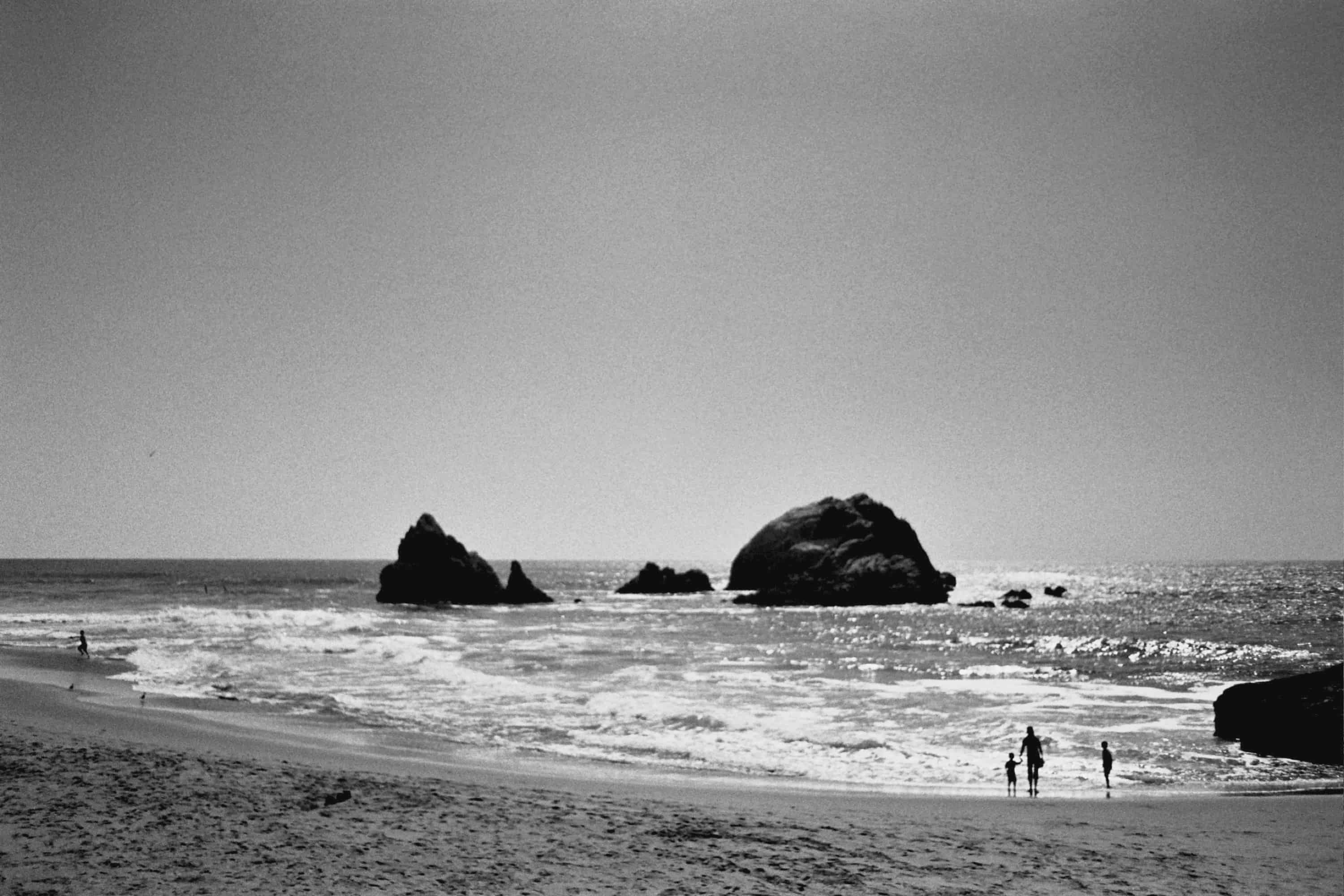
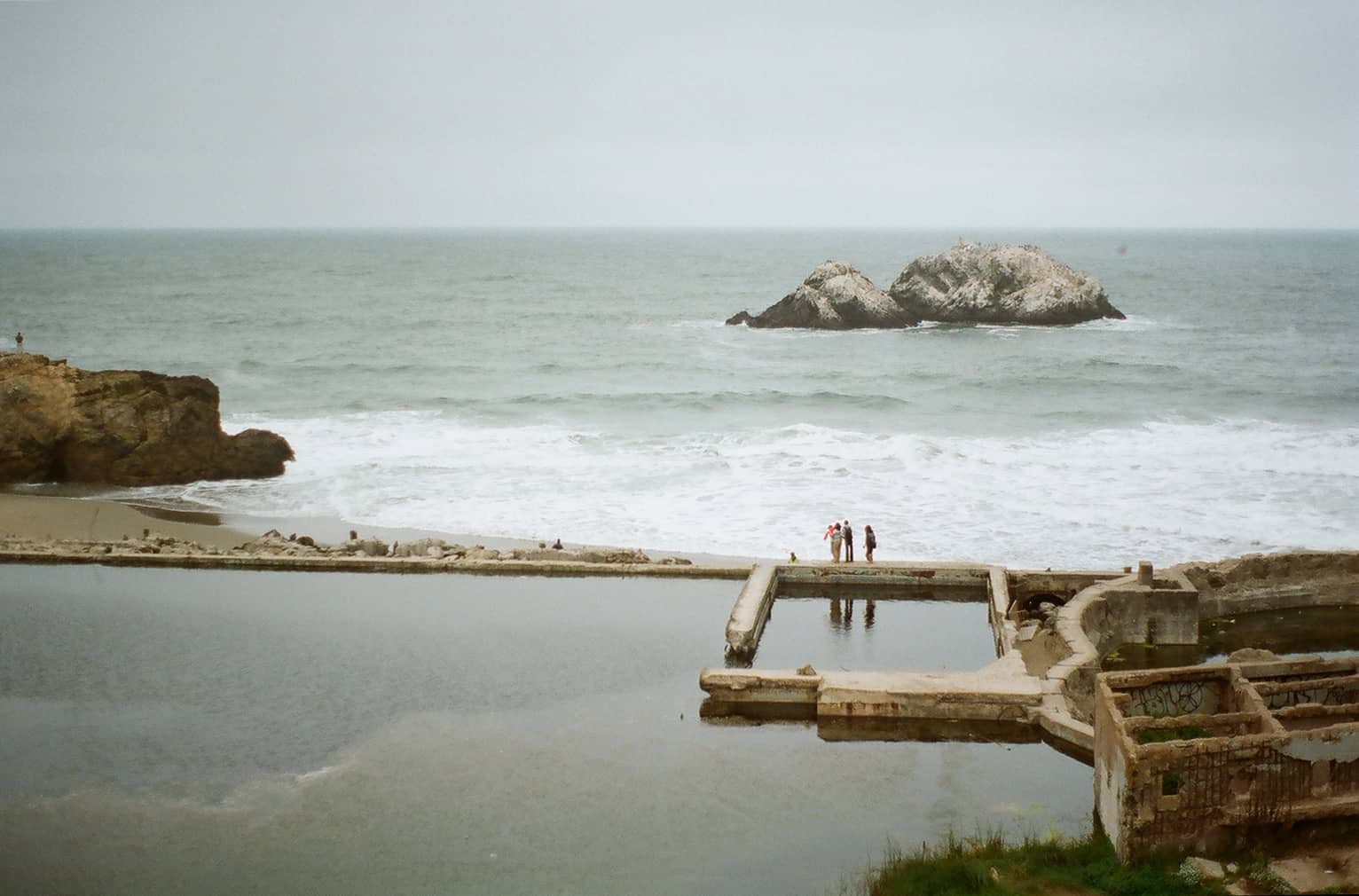
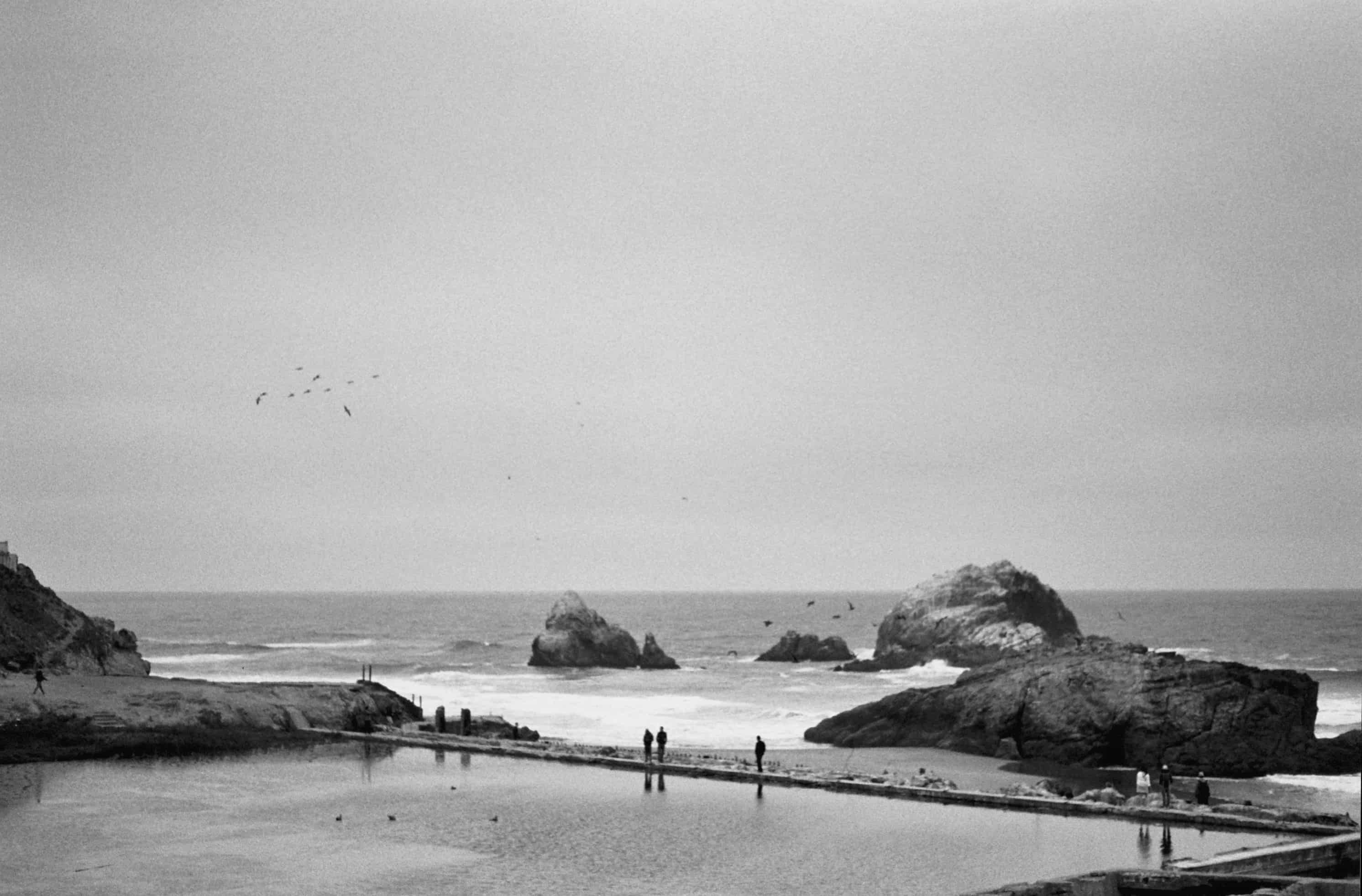
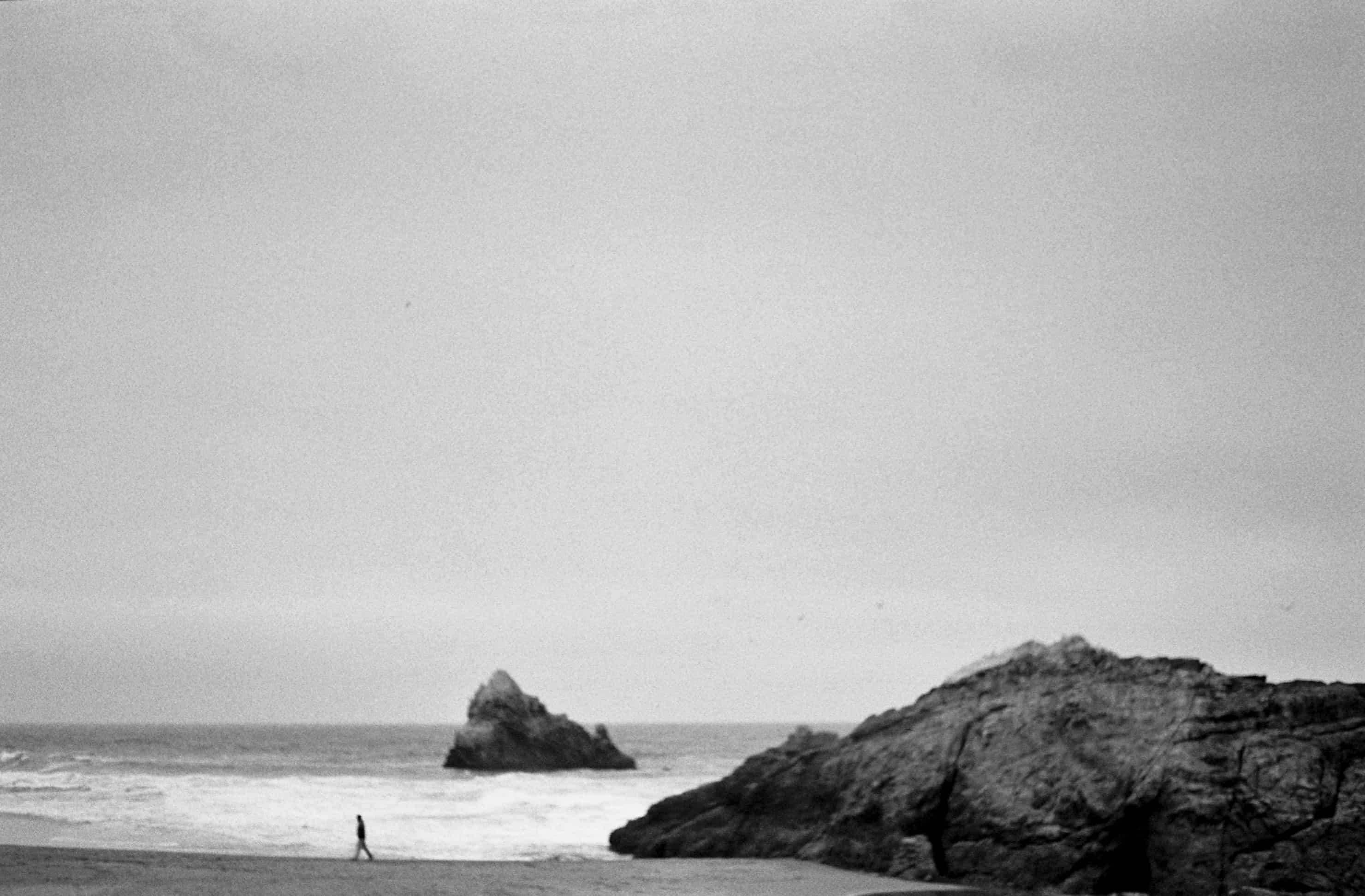
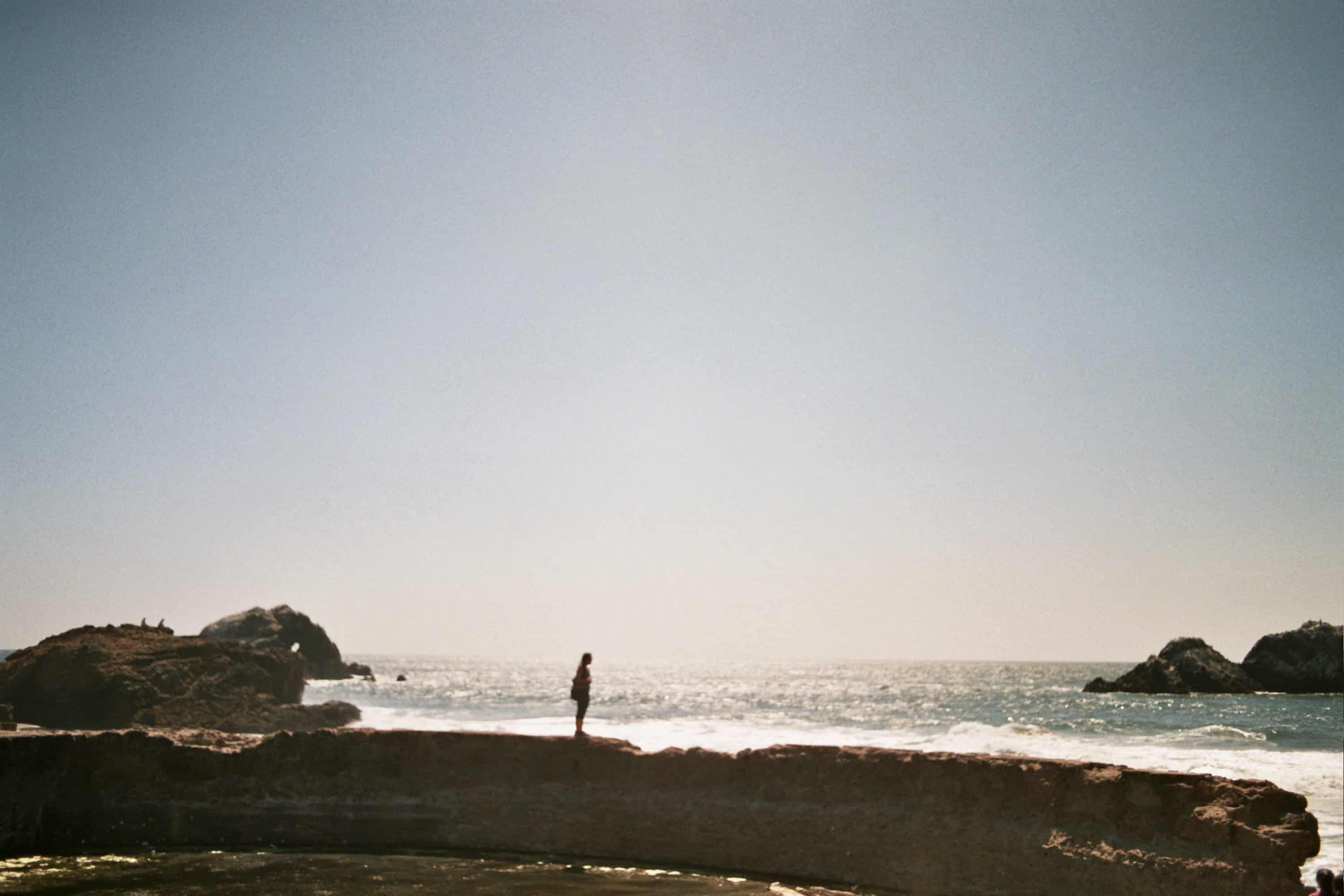
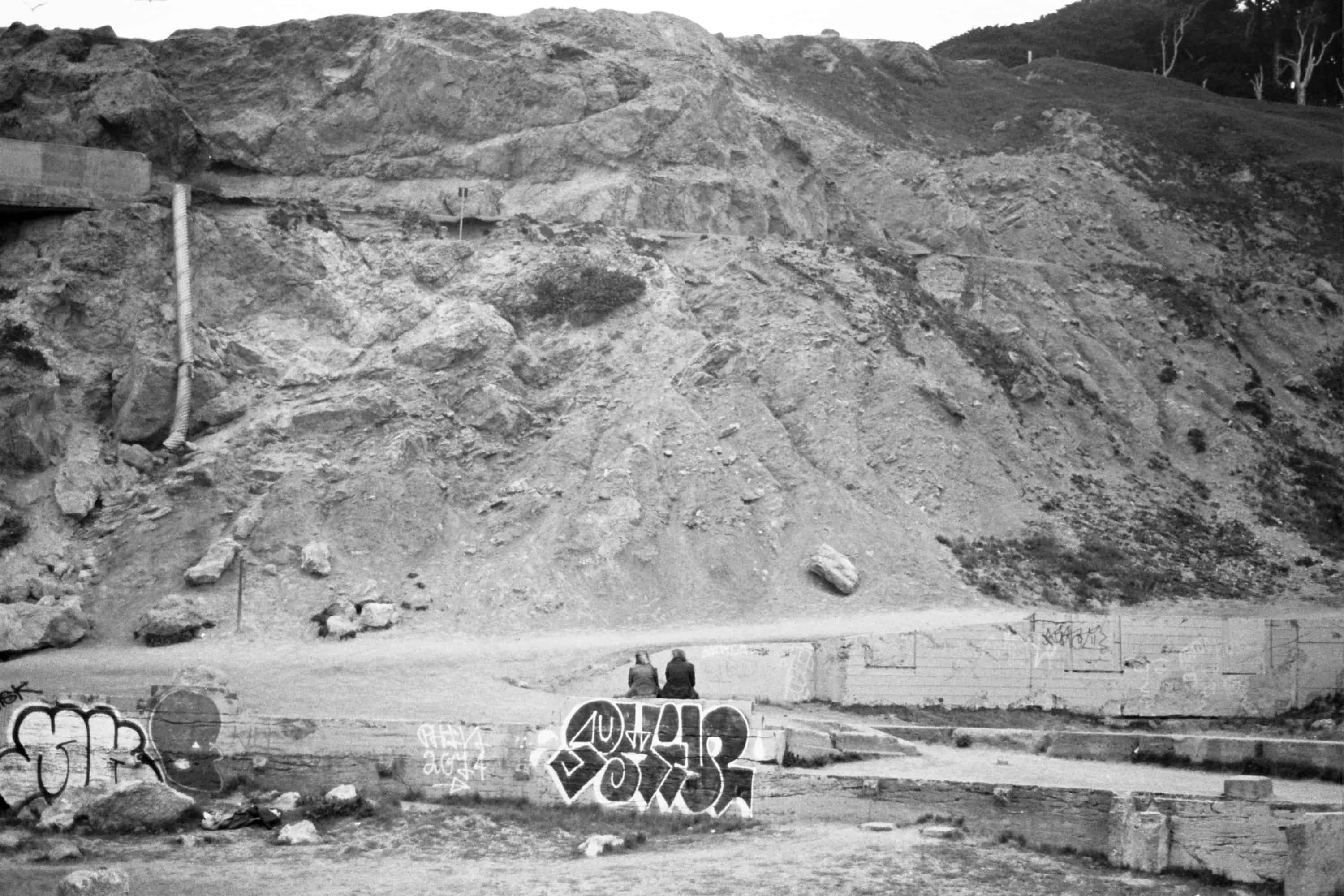
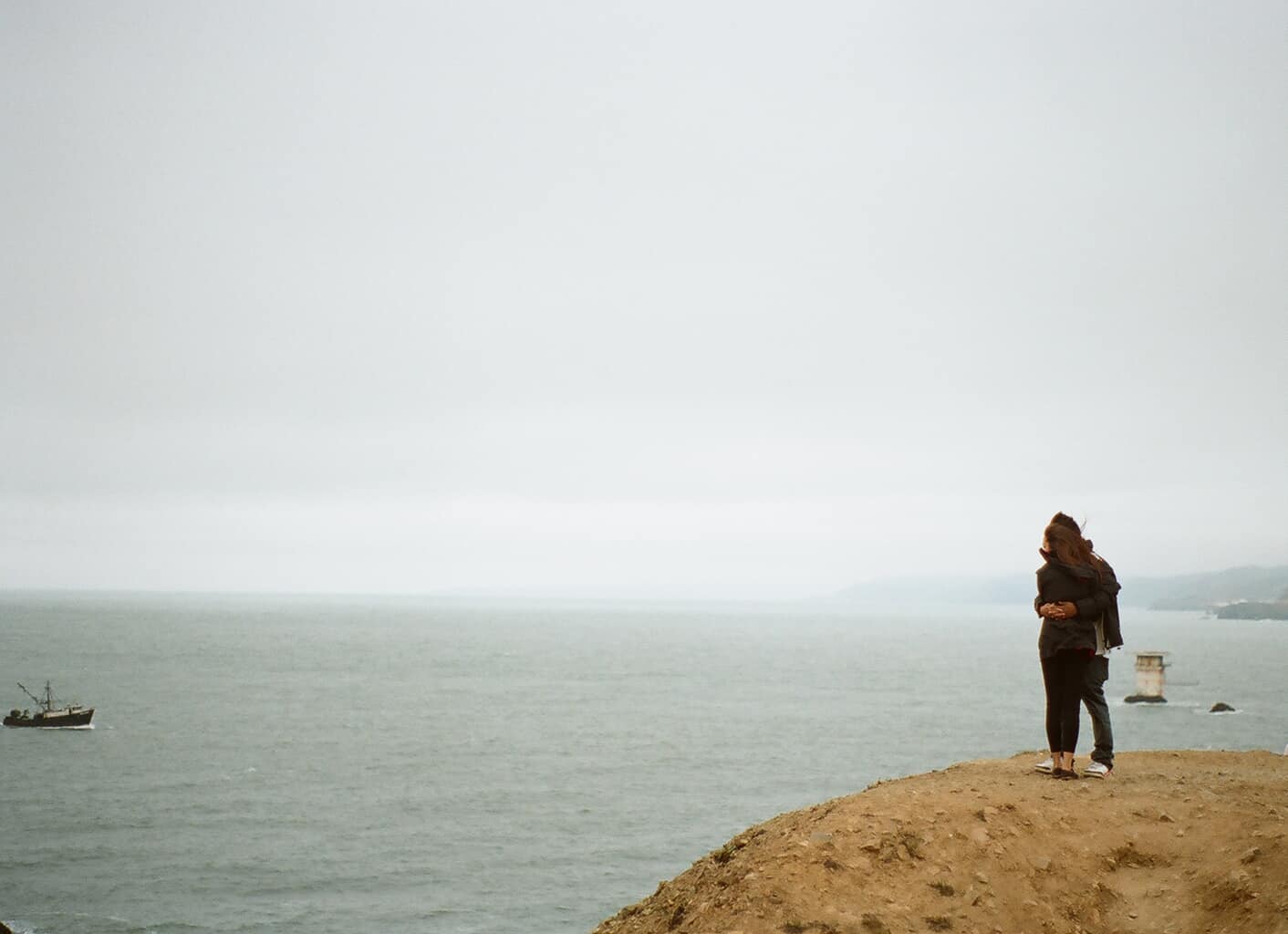
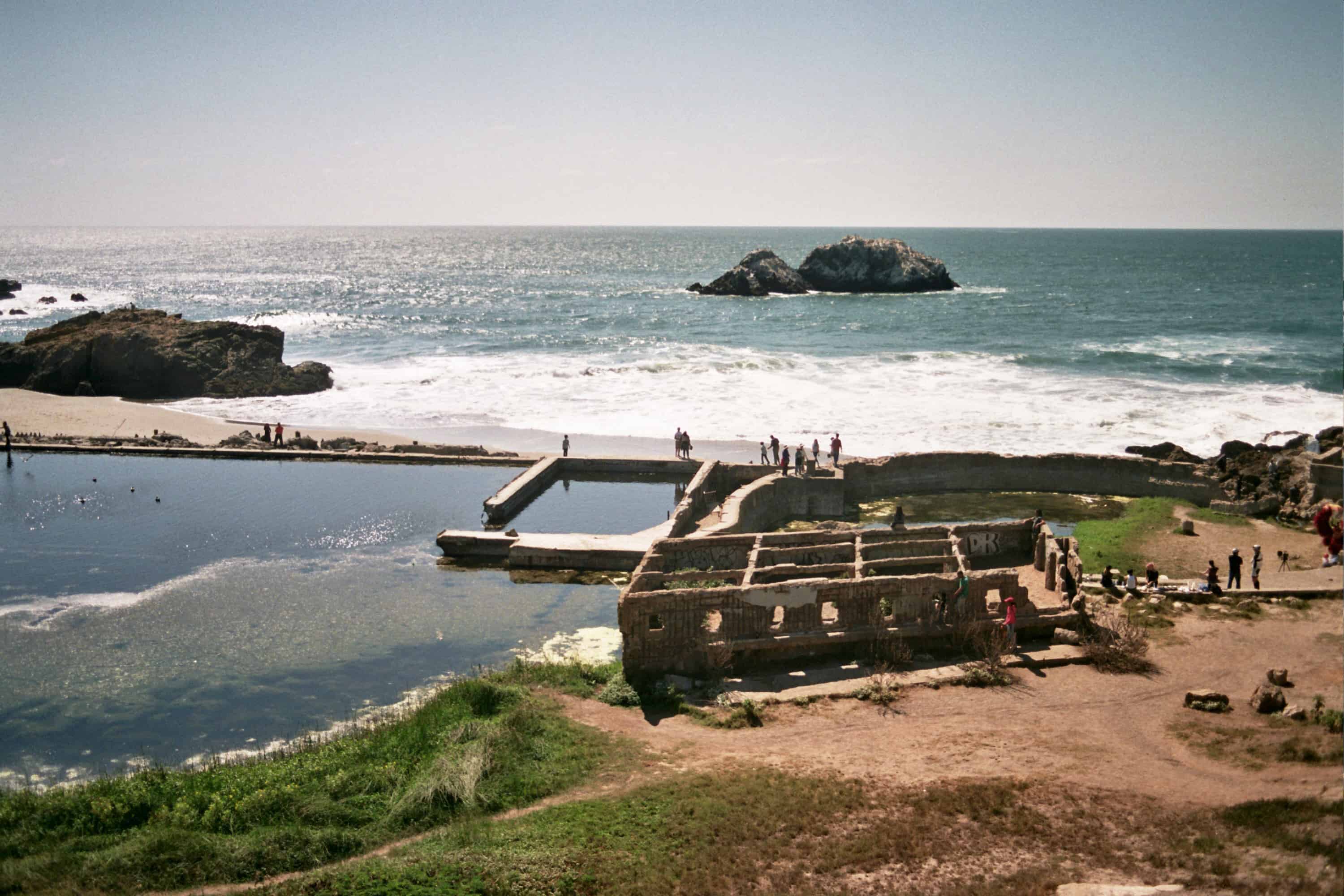
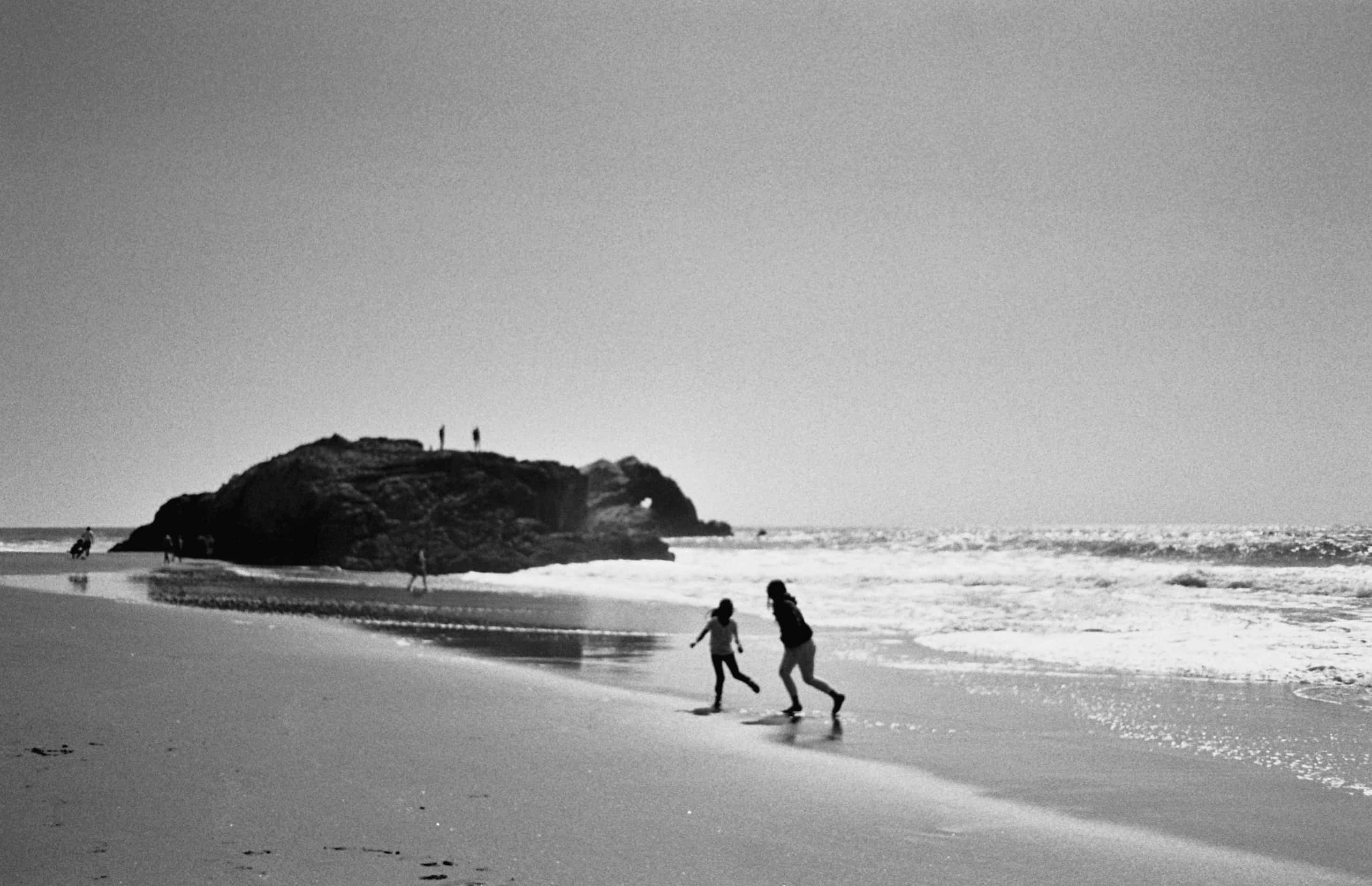
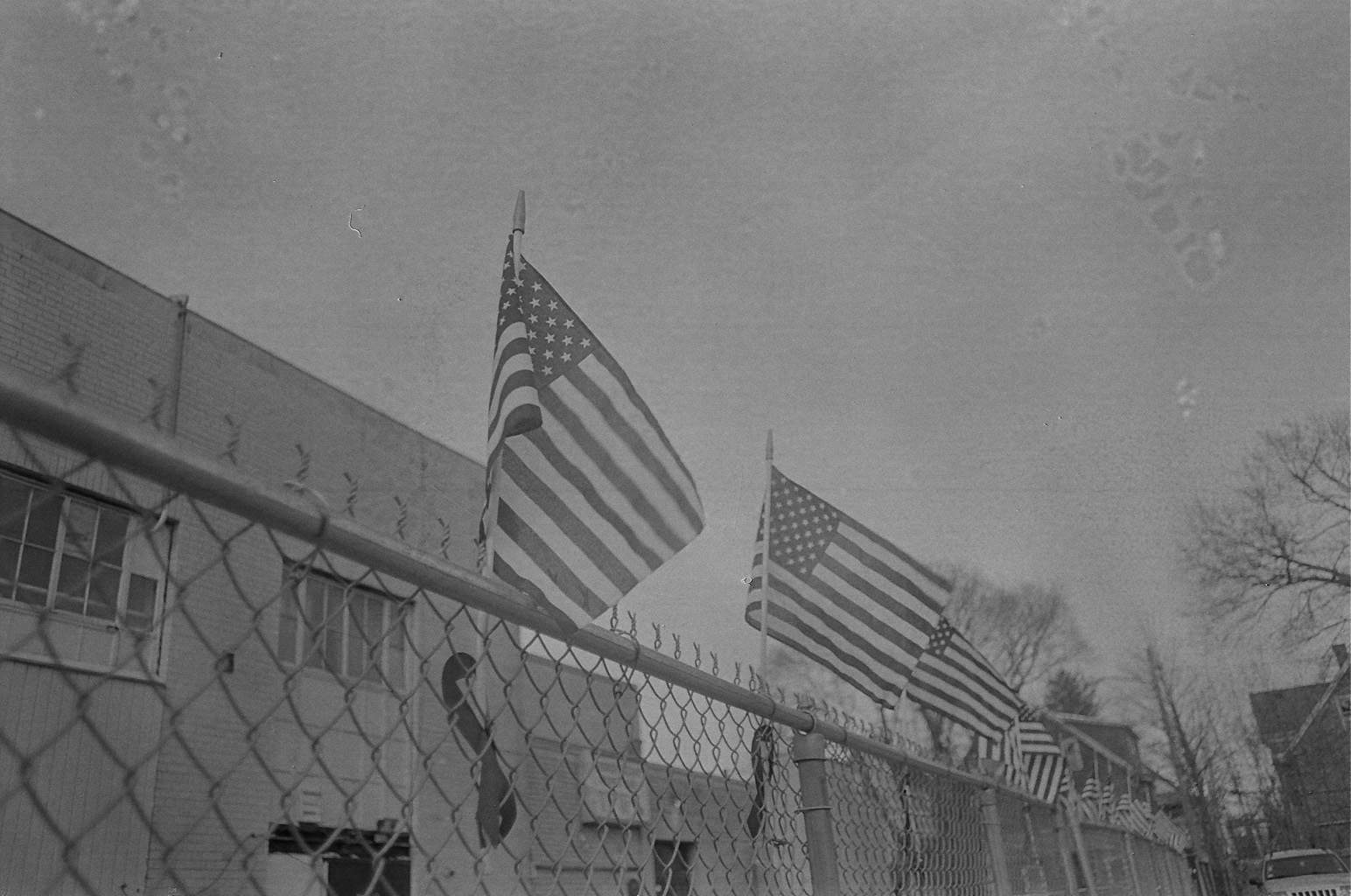
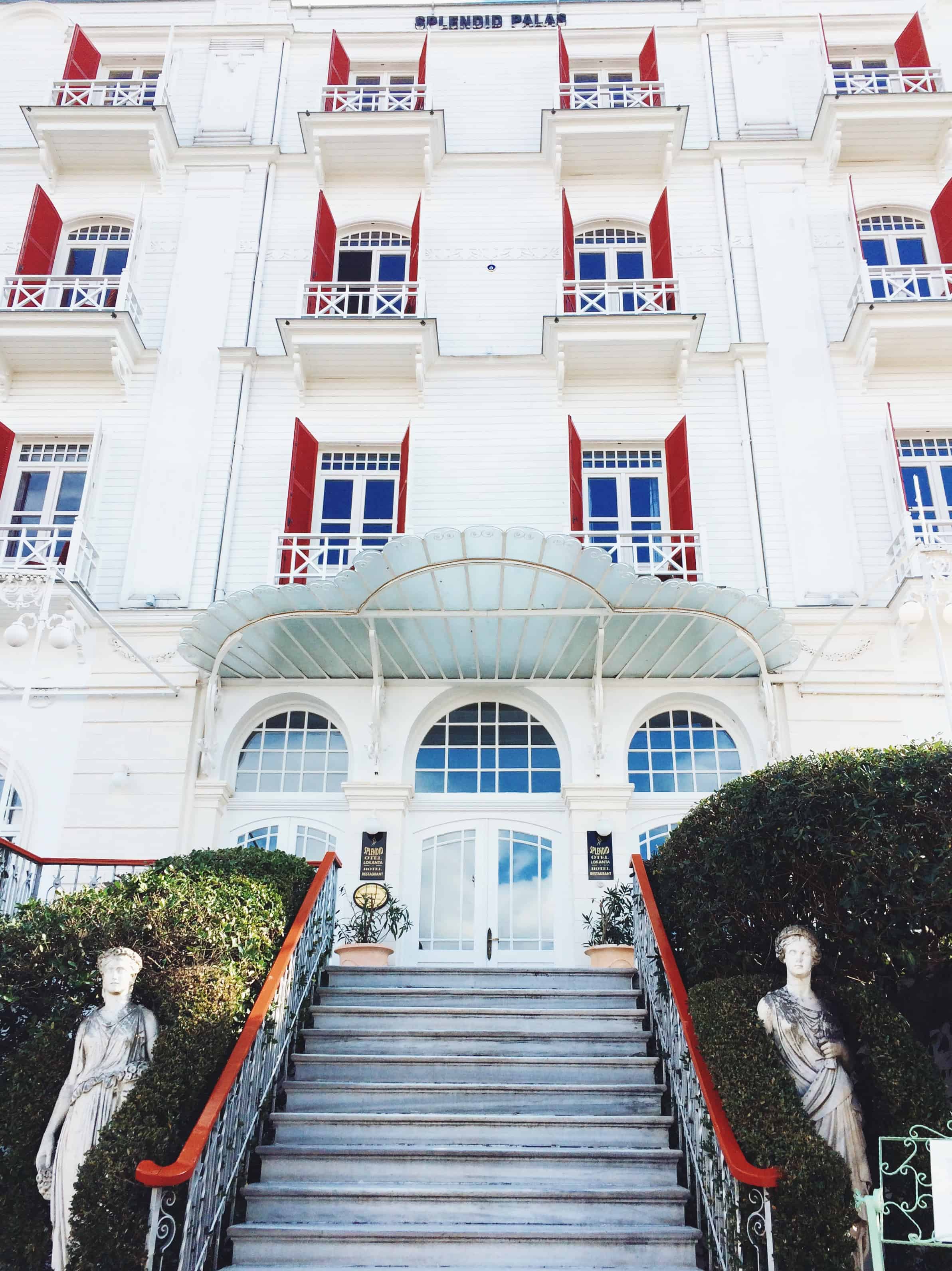

No Comments